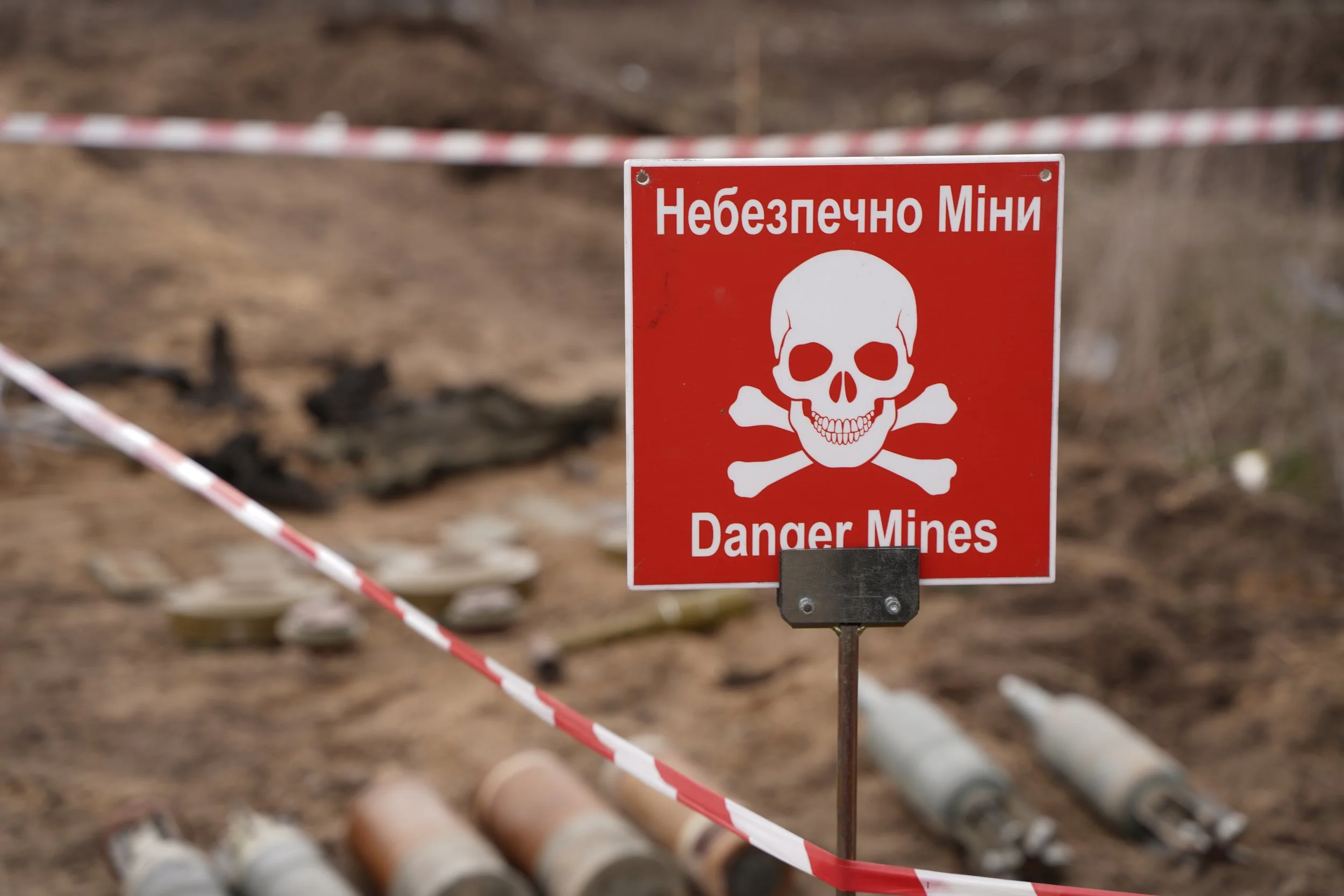Post-Conflict Health: What Happens After the Headlines Fade
When a conflict ends - or at least retreats from global headlines - the cameras turn off, and the world’s attention shifts to the next crisis. But for communities living in post-conflict settings, the aftermath is often the most enduring and complex chapter.
Health doesn’t simply recover with the signing of a peace agreement.
The Lingering Shadows of Conflict
War doesn’t just kill through bombs and bullets. It dismantles health systems, disrupts supply chains, displaces communities, and contaminates land and water. The health consequences of conflict linger long after the final shot is fired - often worsening over time. In post-conflict settings, we see rises in preventable diseases, maternal and child mortality, malnutrition, and mental health disorders.
Hospitals may be destroyed or abandoned. Health workers may have fled, been killed, or become targets themselves. Data systems collapse, leaving governments and agencies to rebuild without a clear picture of who needs what and where. Amid these challenges, climate-related shocks, such as drought or flooding, can compound fragility and derail recovery.
Explosive Remnants of War: Unseen Hazards to Health and Development
In many post-conflict regions, especially those contaminated by landmines and unexploded ordnance (UXO), returning home can be just as dangerous as leaving was.
In Syria, for instance, people displaced by years of war are slowly making their way back to their communities - only to encounter deadly remnants of conflict. A report by Doctors Without Borders highlights that in areas like Deir ez-Zor, landmines and improvised explosive devices (IEDs) have injured or killed civilians doing everyday tasks - tending fields, fetching water, or playing outside.
But the legacy of war isn't confined to recent crises.
In Southeast Asia, Lao PDR remains heavily contaminated with unexploded cluster munitions dropped during the Vietnam War era. These hidden dangers continue to cause injuries and deaths, particularly among children, while restricting access to farmland and development opportunities.
In the Pacific, it’s nearly 80 years since the end of World War II, and yet explosive remnants of war continue to threaten lives, livelihoods, and ecosystems. In places like the Solomon Islands and Papua New Guinea, unexploded bombs left behind by foreign militaries still turn up in gardens, forests, and on beaches. Accidental detonations continue to cause injuries and deaths, while environmental contamination poses ongoing risks to food security and marine life.
This long tail of conflict is not just a historical footnote - it’s a present-day development challenge:
Health: UXO injuries require long-term trauma care and rehabilitation that most rural or remote health systems aren’t equipped to provide.
Agriculture: Contaminated land can't be safely farmed, reducing food security and trapping families in poverty.
Education: Schools are sometimes built on or near UXO-affected land, and children may be unable to walk to school safely.
Infrastructure and Growth: Roads, airstrips, and development projects are delayed or abandoned due to clearance costs and safety risks.
Environment: Corroding weapons are leaking toxins into fragile ecosystems already under pressure from climate change.
Whether five years post-conflict or eighty, these legacies of war continue to shape the health, safety, and opportunities available to future generations. Recovery efforts must therefore include not only the rebuilding of services but also the removal of buried threats—both literal and symbolic.
Rebuilding Health Takes More Than Bricks
A health system is not just a hospital - it’s a relationship between people and care. In post-conflict contexts, that relationship is often fractured.
Rebuilding means:
Restoring trust in public health services, especially in areas where they were once sites of fear or exclusion.
Ensuring health workers are trained, paid, and protected—not just parachuted in for short-term missions.
Supporting rehabilitation and psychosocial care for people living with war injuries or trauma.
Making land safe, so people can access care, grow food, or send their children to school without fear of explosives beneath the surface.
All of this takes time. And commitment. And funding that lasts longer than a single news cycle.
Health Is Peace in Practice
Post-conflict health is not an afterthought. It is the bridge between survival and recovery. When we talk about peacebuilding, this is what it looks like in practice: a functioning clinic, a trained midwife, a cleared road, a trauma service that’s still running five years on.
Because when the headlines fade, peace isn't defined by what stopped. It's defined by what gets rebuilt.

